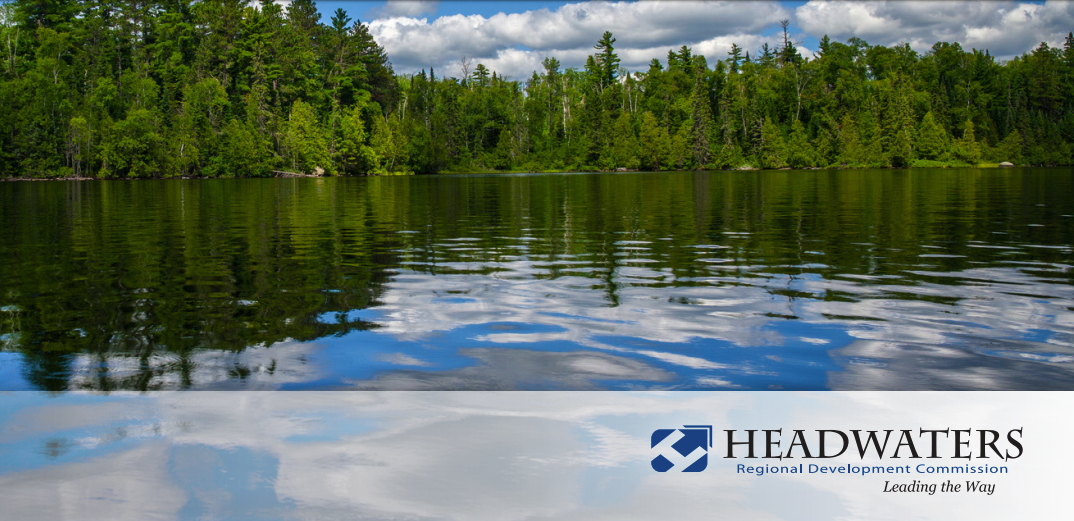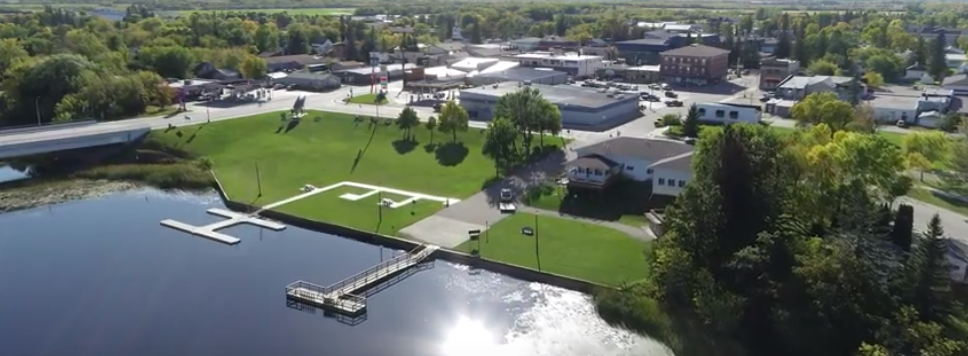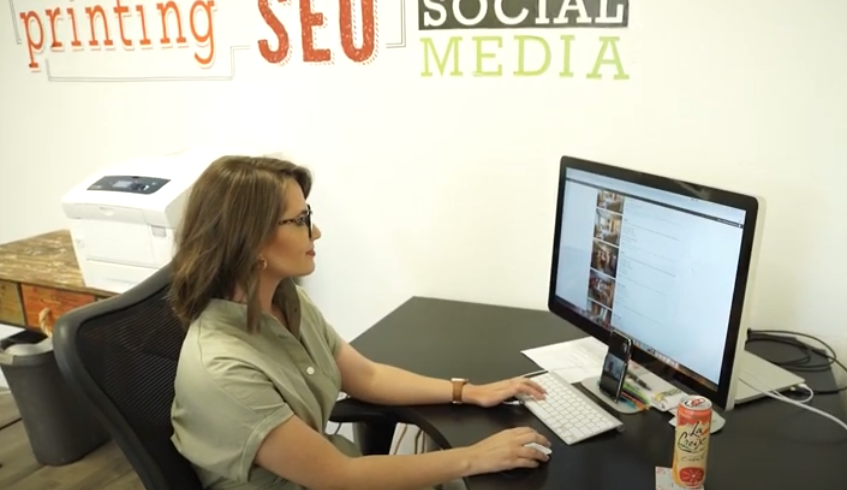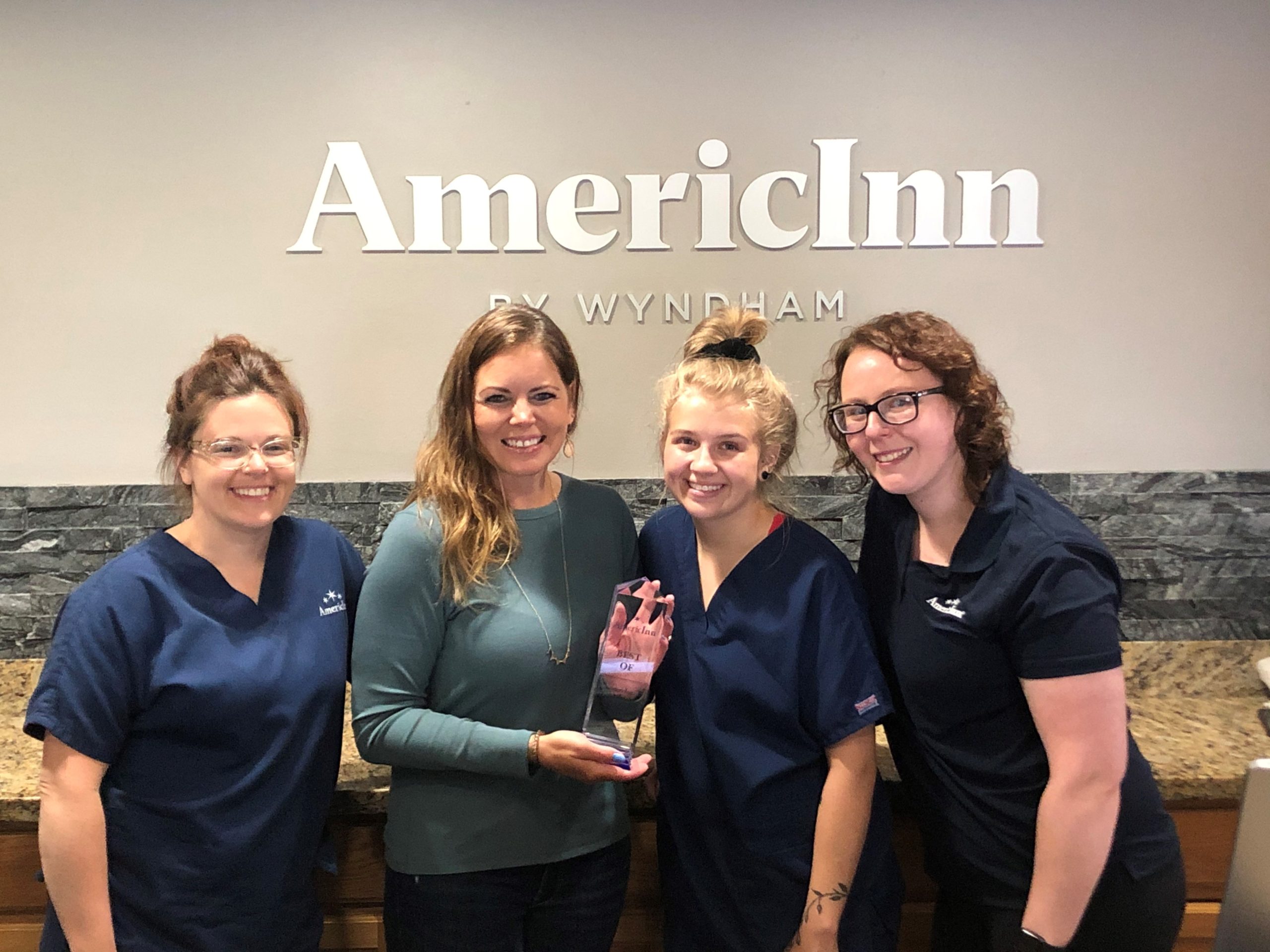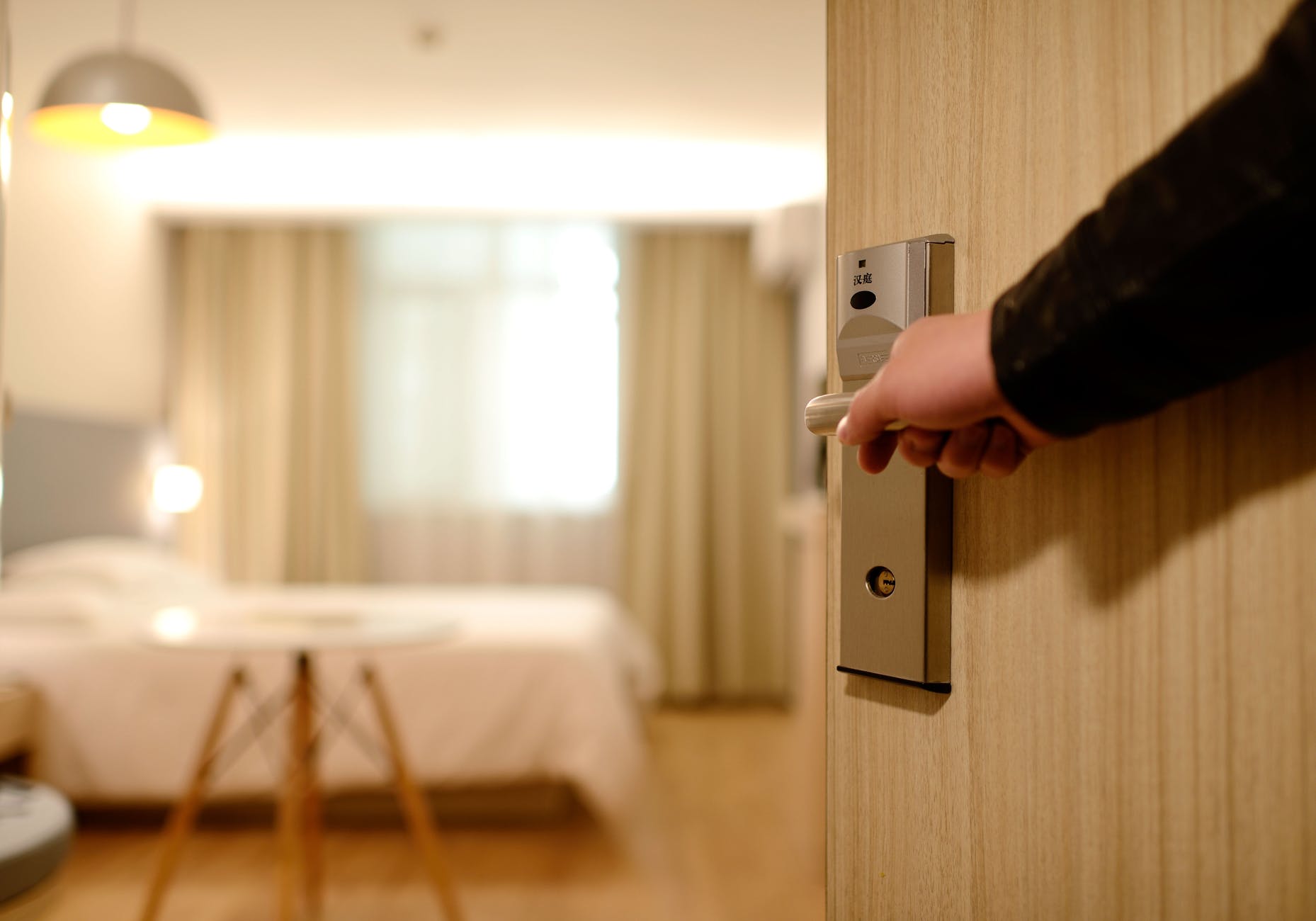U P D A T ED 4 /15 /2 0
Proper cleaning and disinfection of lodging rooms at hotels, motels, and similar facilities is critical to prevent the spread of COVID-19. This document provides guidance for operators of lodging facilities that are open for regular business, as well as those that are being used as temporary housing for people who have been infected with or exposed to COVID-19.
Cleaning lodging rooms to prevent the spread of COVID-19
When cleaning lodging rooms that are open for regular business, and are not being used to house individuals people under isolation or quarantine due to COVID-19, follow the guidelines below.
Personal hygiene and personal protective equipment (PPE)
Wash hands often with soap and water for 20 seconds. Always wash immediately after removing gloves.
Housekeeping staff should wear disposable gloves for all tasks in the cleaning process.
Additional PPE might be required, based on the cleaning and disinfectant products being used, and whether there is a risk of splash.
Cleaning items with nonporous surfaces
Clean nonporous surfaces using soap and water. Pay special attention to frequently touched surfaces such as tables, doorknobs, light switches, remote controls, countertops, handles, desks, phones, keyboards, toilets, faucets, sinks, etc.
Next, disinfect the area or item using a bleach solution or an EPA-registered disinfectant. When using these disinfectants, follow the manufacturer’s instructions for application and ensure the surface stays wet for the recommended contact time. Allow for proper ventilation during and after application.
A list of EPA-registered disinfectants can be found at:
List N: Disinfectants for Use Against SARS-CoV-2 (https://www.epa.gov/pesticide- registration/list-n-disinfectants-use-against-sars-cov-2)
Preparing a bleach solution for disinfection
Prepare a bleach solution by combining 5 tablespoons (1/3 cup) bleach per gallon of water or 4 teaspoons bleach per quart of water.
Never mix together any cleaning chemicals.
Cleaning items with soft surfaces
Clean soft surfaces such as carpet, rugs, drapes, etc., with soap and water or with cleaners appropriate for use on these surfaces. Launder items, if possible, according to the manufacturer’s instructions. Use the warmest appropriate water setting and dry items completely or disinfect with an EPA-registered disinfectant.
When cleaning laundry such as linens, blankets, towels, etc., remove the item carefully and do not shake. Launder items according to the manufacturer’s instructions. Use the warmest appropriate setting and dry items completely. Clean and disinfect any carts used to transport laundry.
Remove or replace difficult-to-clean items
Consider removing nonessential fabrics ahead of occupancy, such as accent pillows, extra upholstered furnishings, suitcase stand, wall decorations, and items beyond those necessary for client comfort.
Consider replacing hard-to-clean fabric items ahead of occupancy with similar items that allow for easier cleaning, such as large comforters, duvet covers, and coverlets.
Replace wood or fabric clothes hangers with disposable or cleanable hangers such as plastic or metal.
Preparing, cleaning, and disinfecting hotel rooms being used for COVID-19 quarantine
When preparing and cleaning lodging rooms that serve as temporary housing for people who have been infected with or exposed to COVID-19, follow the guidelines below.
Remove and replace difficult-to-clean items prior to guests’ arrival
Remove nonessential fabrics ahead of occupancy, such as accent pillows, extra upholstered furnishings, suitcase stands, wall decorations, and items beyond those necessary for comfort.
Replace hard-to-clean fabric items ahead of occupancy with similar items that allow for easier cleaning such as large comforters, duvet covers, and coverlets.
Replace wood or fabric clothes hangers with disposable or cleanable hangers such as plastic or metal.
Provide mattress covers and pillow covers that allow for proper cleaning and disinfection. Add plastic liners to all trash cans.
Personal hygiene and personal protective equipment (PPE)
Wash hands often with soap and water for 20 seconds. Always wash immediately after
removing gloves.
Housekeeping staff should wear disposable gloves and gowns for all tasks in the cleaning process, including handling trash.
Additional PPE might be required, based on the cleaning and disinfectant products being used, and whether there is a risk of splash.
Ensure employees are properly trained on the hazards of the cleaning chemicals used in the workplace.
For protection of housekeeping staff, wait to clean the room for at least 24 hours after guests depart. If 24 hours is not feasible, wait as long as possible. Open outside doors and windows to increase air circulation. If more than 7 days have passed since the quarantined guest has departed, additional cleaning and disinfecting is not necessary.
Cleaning items with nonporous surfaces
Clean nonporous surfaces using soap and water. Pay special attention to frequently touched surfaces such as tables, doorknobs, light switches, remote controls, countertops, handles, desks, phones, keyboards, toilets, faucets, sinks, etc.
Next, disinfect the area or item using a bleach solution or an EPA-registered disinfectant. When using these disinfectants, follow the manufacturer’s instructions for application and ensure the surface stays wet for the recommended contact time. Allow for proper ventilation during and after application.
A list of EPA-registered disinfectants can be found at:
List N: Disinfectants for Use Against SARS-CoV-2 (https://www.epa.gov/pesticide- registration/list-n-disinfectants-use-against-sars-cov-2)
Preparing a bleach solution for disinfection
Prepare a bleach solution by combining 5 tablespoons (1/3 cup) bleach per gallon of water or 4 teaspoons bleach per quart of water.
Never mix together any cleaning chemicals.
Cleaning items with soft surfaces
Clean soft surfaces such as carpet, rugs, drapes, etc., with soap and water or with cleaners appropriate for use on these surfaces. Launder items, if possible, according to the manufacturer’s instructions. Use the warmest appropriate water setting and dry items completely or disinfect with an EPA-registered disinfectant.
When cleaning laundry such as linens, blankets, towels, etc., remove the item carefully and do not shake. Launder items according to the manufacturer’s instructions. Use the warmest appropriate setting and dry items completely. Clean and disinfect any carts used to transport laundry.
Removing PPE
PPE must be properly removed to reduce the risk of self-contamination. Carefully remove gloves, gowns, aprons, etc., to avoid contaminating the wearer and the surrounding area. Remove gloves first, then wash hands using soap and water for at least 20 seconds.
Cleaning staff should immediately report breaches in PPE or any other potential exposures to their supervisor.
Best practices for additional cleaning for COVID-19
Use damp cloth cleaning methods. Dry dusting or sweeping can cause viruses to become airborne, likely resulting in further spread.
Dishes and utensils should be cleaned and sanitized between guests. Disposable eating utensils may also be offered.
Ceiling fan blades and windowsills should be cleaned.
Frequently change mop heads, rags, and similar items used for cleaning and disinfecting. Clean, disinfect, and air-dry cleaning equipment after each use.
Find additional information about COVID-19
For additional information about COVID-19 call the Minnesota Department of Health COVID-19 Hotline at 651-201-3920 or 1-800-657-3903 or visit:
Coronavirus Disease (COVID-19) (www.health.state.mn.us/diseases/coronavirus/index.html) Coronavirus Disease in Minnesota (mn.gov/covid19/)
Interim Guidance for Businesses and Employers to Plan and Respond to Coronavirus Disease 2019 (COVID-19) (www.cdc.gov/coronavirus/2019-ncov/community/guidance-business- response.html)
Minnesota Department of Health
Food, Pools, and Lodging Services 625 Robert St N
St. Paul, MN 55164 651-201-5400
health.foodlodging@state.mn.us

